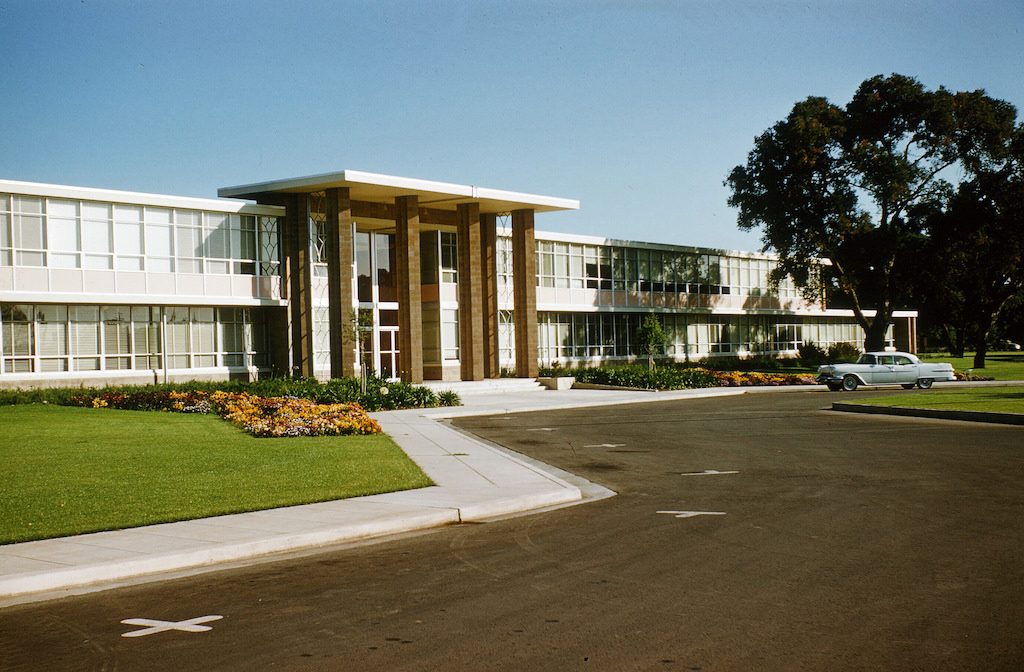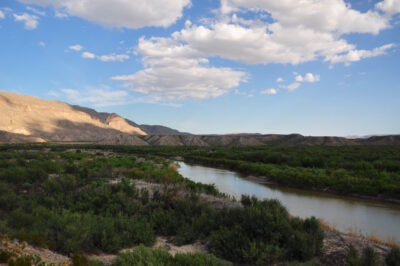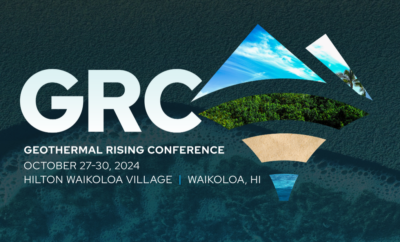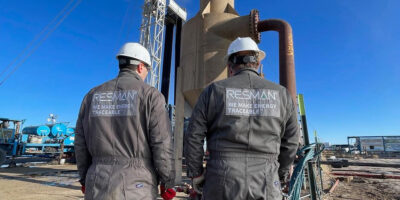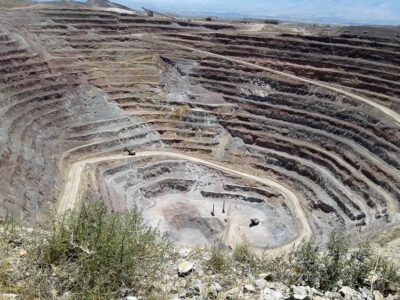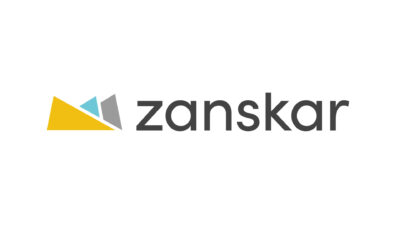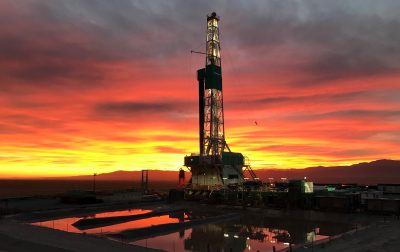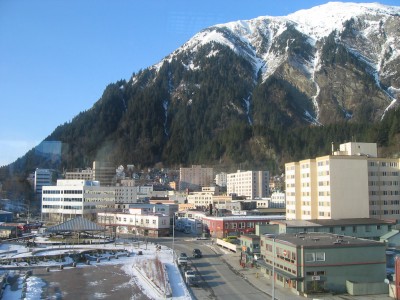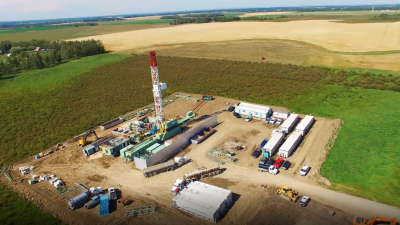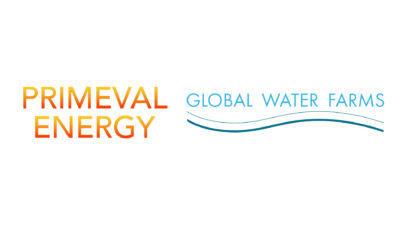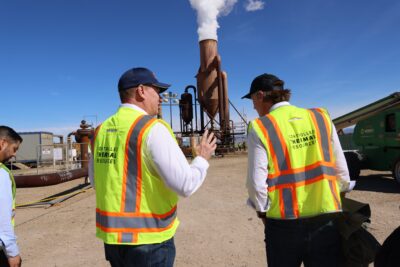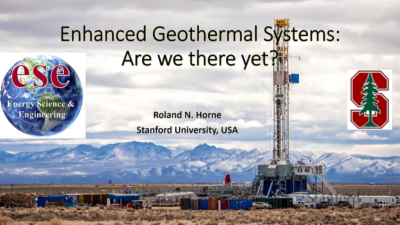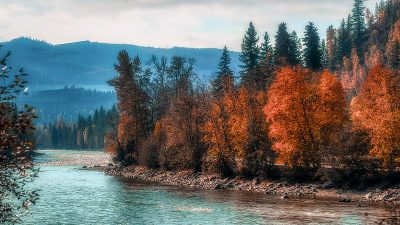PostDoc opportunity – geothermal operations & seismicity – U.S. Geological Survey
U.S. Geological Service has published a PostDoc Opportunity as part of its USGS Mendenhall Research Fellowship Program. The PostDoc is to research and "determine deformation mechanisms at active geothermal fields in the western United States and their implications for seismic hazard.
The U.S. Geological Service has published a PostDoc Opportunity as part of its USGS Mendenhall Research Fellowship Program. The PostDoc is to research and “determine deformation mechanisms at active geothermal fields in the western United States and their implications for seismic hazard.”
Geothermal energy production has seen a steady increase across the western United States and worldwide. In the western U.S., geothermal resources are generally located in regions of high strain rates and, in many cases, regions of significant seismic hazard. This is particularly true for enhanced geothermal systems (EGS), in which low permeability rock is stimulated to generate sufficient reservoir performance. Several such EGS sites have been linked to significant seismic hazards (e.g. Basel, Switzerland, in 2009, possibly Pohang, Korea, in 2017). Induced earthquakes there caused significant damage, but no known fatalities. With the possibility of broader adoption of such EGS technologies, it is important to understand how geothermal energy production impacts seismic hazard and moment release in a region. Some of the known physical phenomena involved include slip on reservoir-bounding faults and distributed reservoir deformation, which may lead to measurable signals, including but not limited to surface subsidence and induced seismicity.
Indeed, seismicity is commonly observed at both traditional geothermal fields and EGS sites, but recent observations suggest that aseismic slip may be equally significant. Such aseismic slip may be due to slow, but steady slip on faults, thermoelastic deformation, and/or, in the case of EGS, on opening mode deformation of stimulated fractures that is seismically inefficient. These phenomena call into question the accuracy of hazard estimates at geothermal fields that are based on seismicity alone and suggest that geodetic data are critical to understanding deformation processes. Many of the largest geothermal fields in the western U.S. are located along plate boundary fault systems with high slip rates, or in other high strain-rate tectonic environments, making it especially challenging to isolate the contribution of subsurface industrial activities from natural processes and/or discern whether industrial practices might increase the likelihood of larger earthquakes. As advanced methods for detecting seismicity and measuring ground deformation become more prevalent, we stand poised to make profound discoveries related to the physical processes driving geothermal energy production and the related seismic hazard potential.
We seek a Mendenhall postdoctoral fellow to advance our capability to reconcile observed patterns in seismicity and ground deformation with physics-based models of geothermal field fluid and heat circulation, associated reservoir deformation and active stimulation. Ideally, this work would address the impact of real or idealized industrial geothermal activities. We invite proposals to improve our understanding of aseismic moment release, fault friction dynamics, permeability alteration, migration of fluids, and/or changes in the state of stress, pressure, and temperature. Additionally, we invite research to help determine the relative importance of these phenomena in geothermal environments using observations like seismicity patterns, surface deformation, pressure and temperature, borehole (or inferred) stress information, and injection and production volumes.
Applicants are expected to have strong technical skills in earthquake seismology, geodesy, reservoir engineering, and/or geomechanics associated with the proposed work. However, experience in applying the skills towards geothermal processes in particular is not a requirement. The USGS has a strong culture of collaboration, and interested applicants are encouraged to contact the advisors early in the application process, to discuss project ideas as they relate to our research goals.
Proposed Duty Station: Menlo Park, CA
Areas of Ph.D.: Geophysics, seismology, geology, volcanology, rock mechanics or related fields (candidates holding a Ph.D. in other disciplines, but with extensive knowledge and skills relevant to the Research Opportunity may be considered).
Qualifications: Research Geophysicist; Research Geologist. (This type of research is performed by those who have backgrounds for the occupations stated above. However, other titles may be applicable depending on the applicant’s background, education, and research proposal. The final classification of the position will be made by the Human Resources specialist.)
Research Advisor(s): Andy Barbour, (650) 329-4803, abarbour@usgs.gov; Ole Kaven, (650) 329-4675, okaven@usgs.gov; Nick Beeler, (360) 993-8987, nbeeler@usgs.gov; Josh Taron, (650) 329-4940, jmtaron@usgs.gov; David Shelly, (303) 273-8659, dshelly@usgs.gov.
Human Resources Office Contact: Yumi Sakakibara, lsakakibara@usgs.gov, 916-278-9384
Source: USGS
